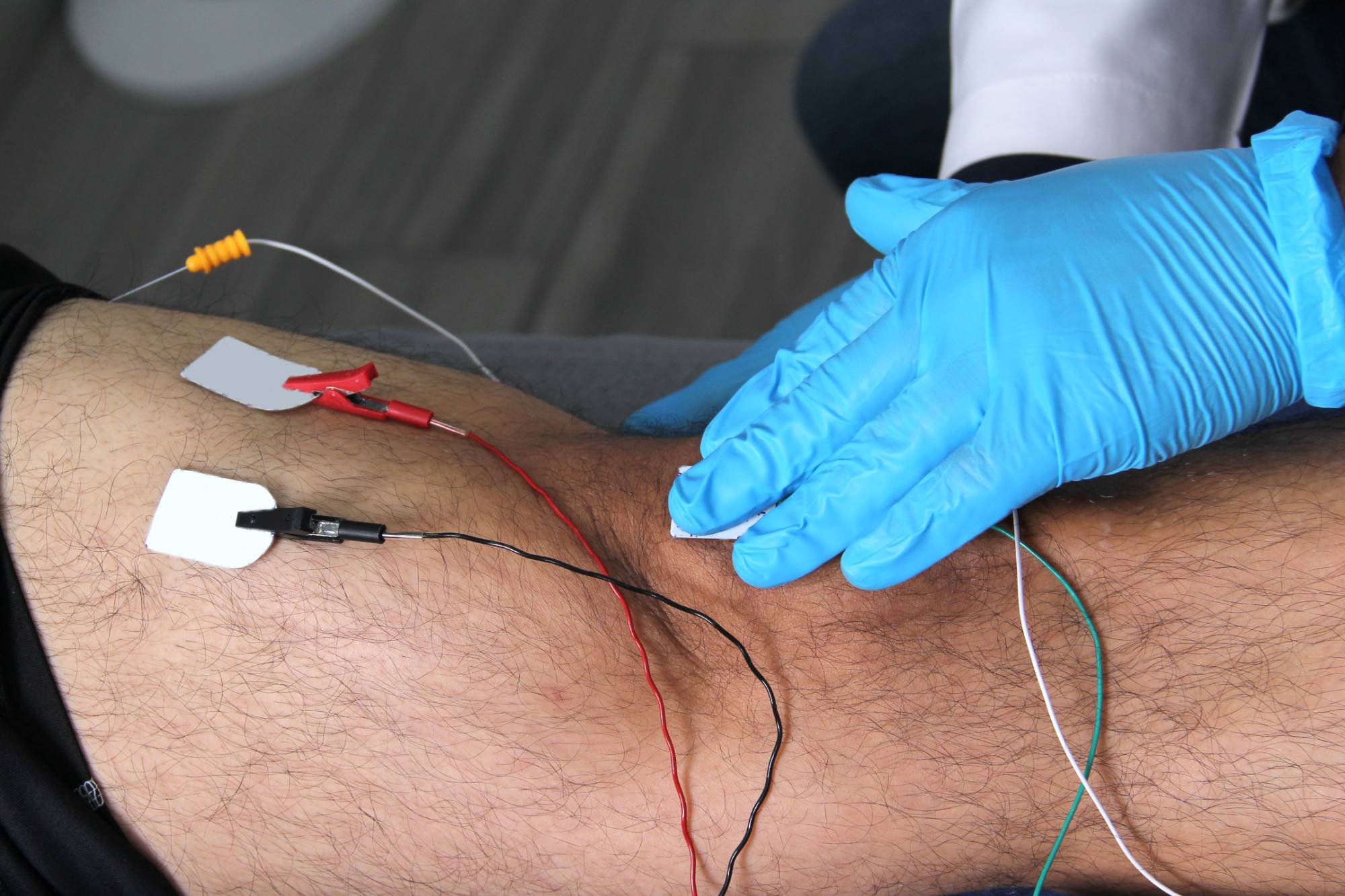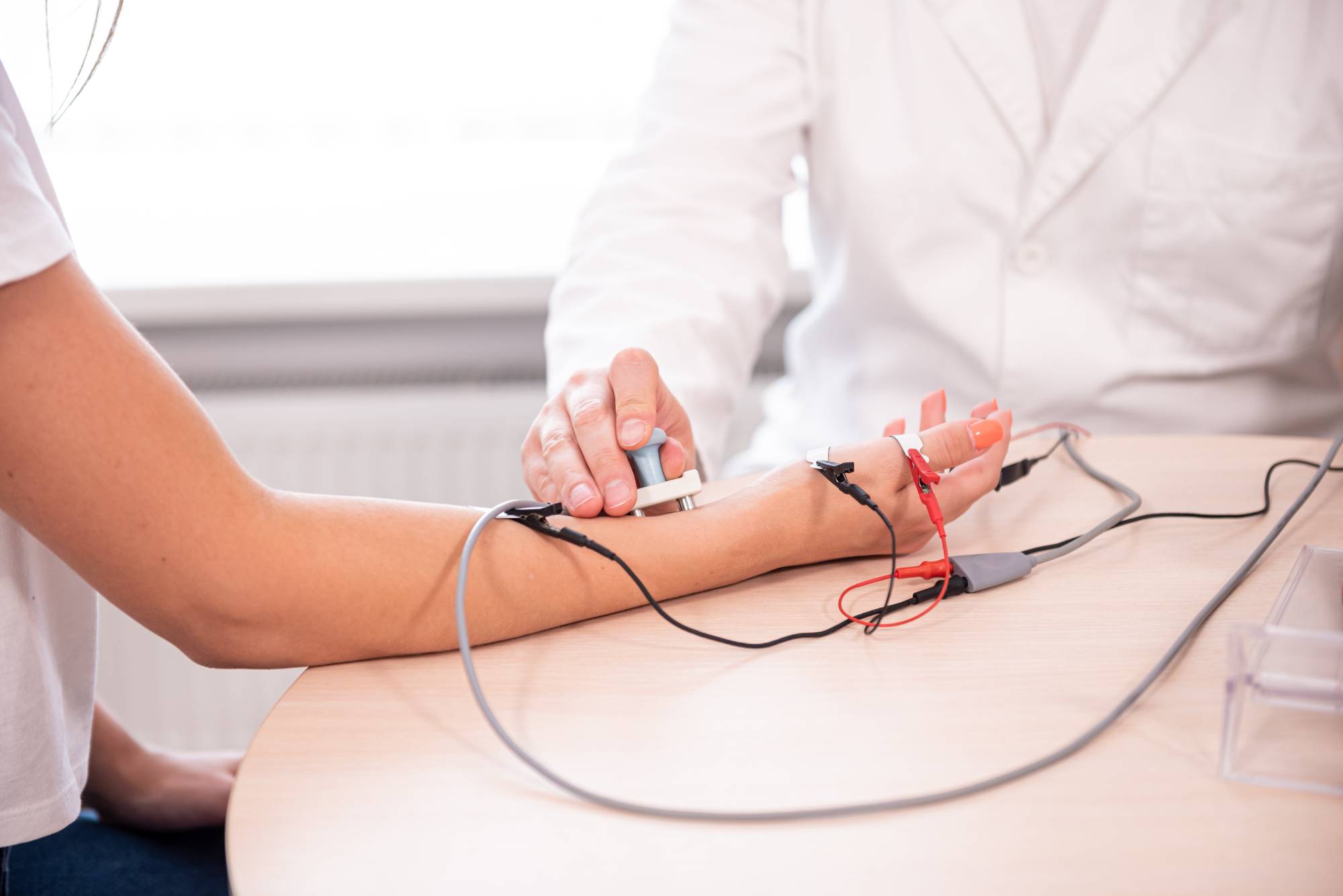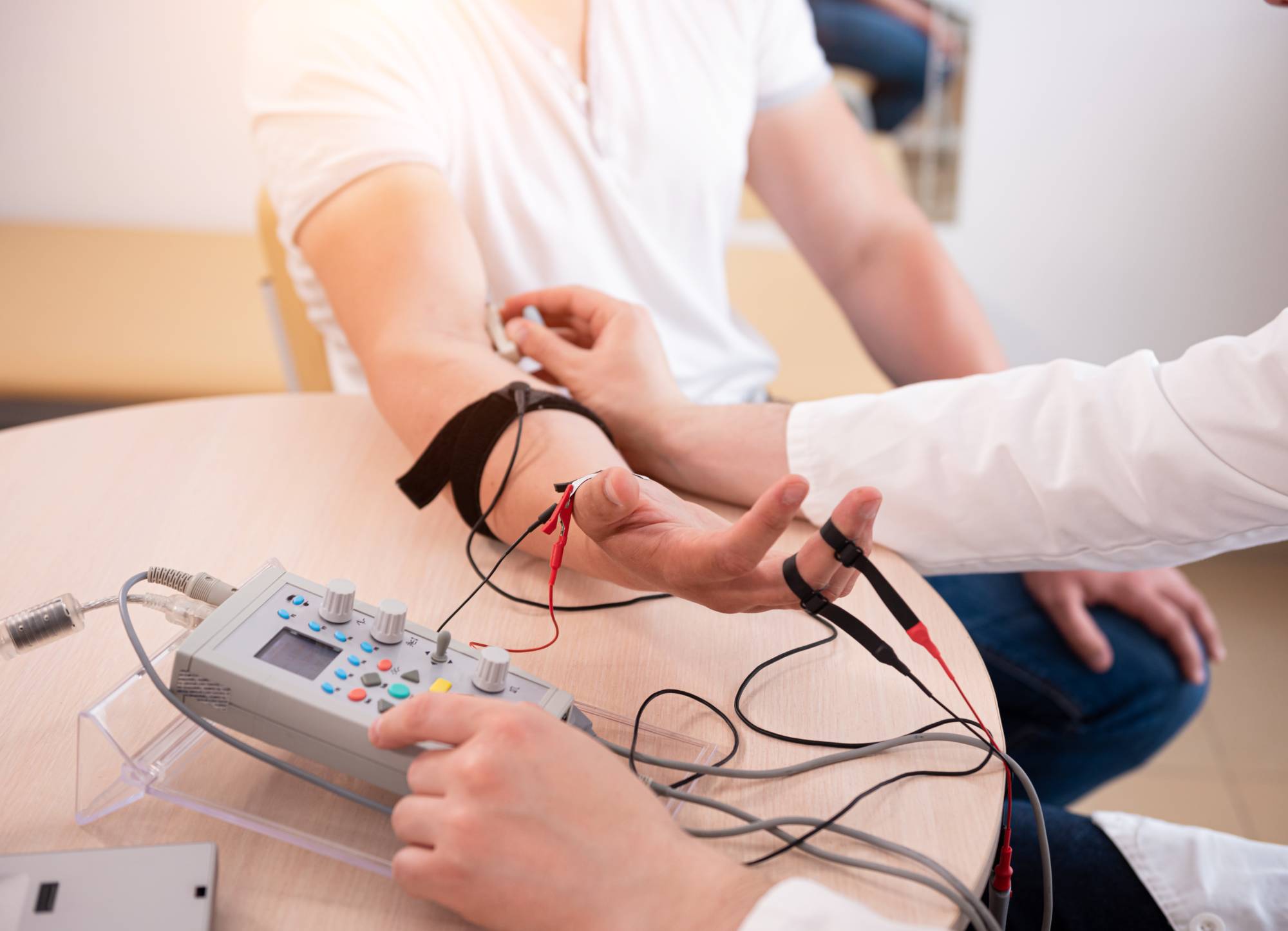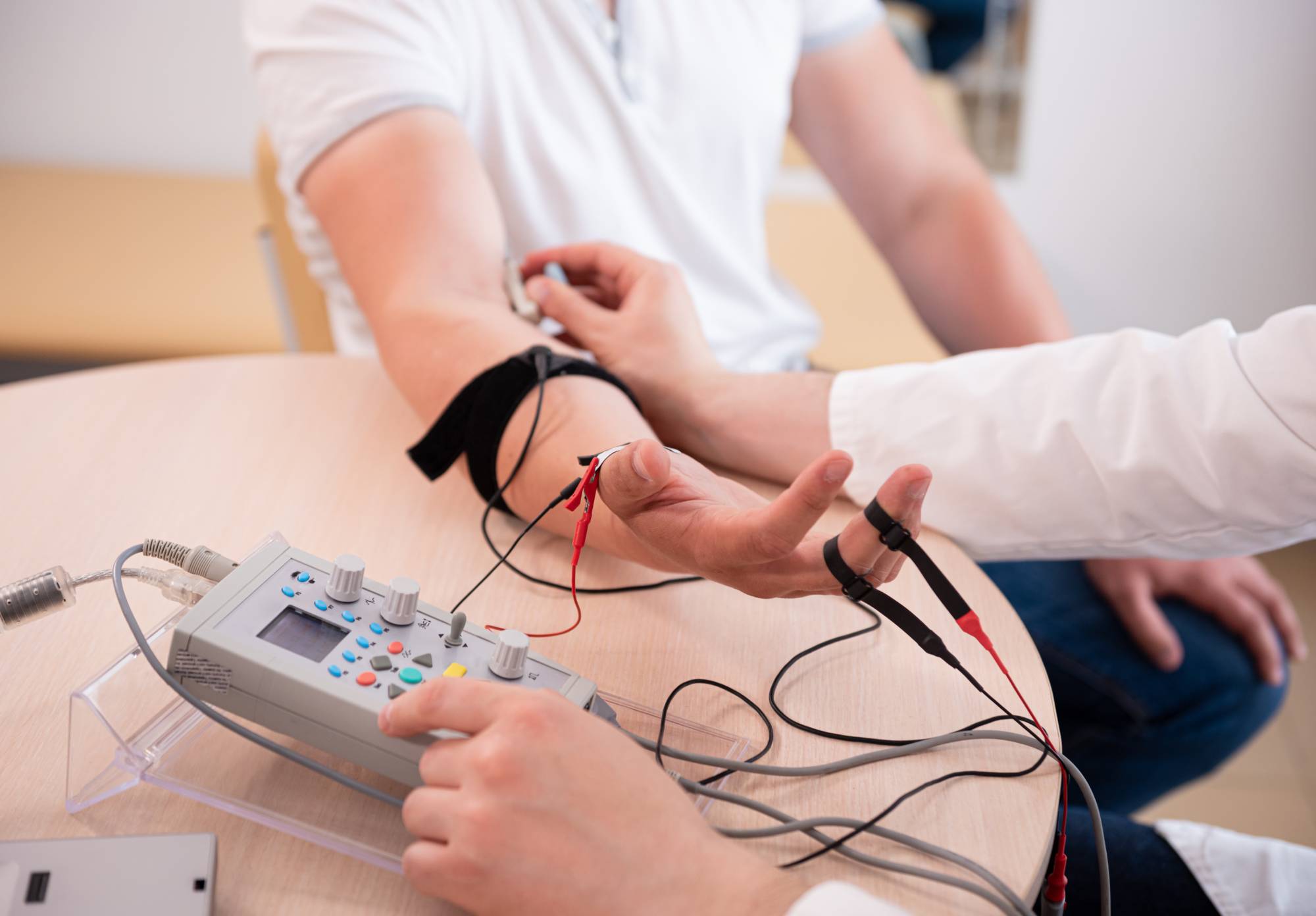Advanced electromyography testing that pinpoints exactly what’s causing your muscle weakness, numbness, or tingling.

Reviews

You’ve been dealing with unexplained muscle weakness, that tingling in your hands, or numbness that just won’t go away. You need answers, not more guessing.
EMG testing gives you those answers. This diagnostic procedure measures the electrical activity in your muscles and nerves, revealing exactly where the problem lies. Whether it’s carpal tunnel syndrome, a pinched nerve, or something more complex, you’ll know what you’re dealing with.
No more wondering if your symptoms are “all in your head.” No more trying treatments that don’t address the real issue. You get a clear diagnosis that leads to the right treatment plan for your specific condition.
NY Spine Medicine brings specialized neurological expertise to Lindgren and the surrounding Florida communities. We focus specifically on spine and nerve conditions, which means you’re getting care from doctors who see cases like yours every day.
Our team uses advanced EMG equipment and has extensive experience interpreting results accurately. You’re not just getting a test – you’re getting the insight that comes from years of helping patients understand and address their nerve and muscle problems.
This isn’t a one-size-fits-all approach. Each EMG test is tailored to your specific symptoms and concerns, ensuring you get the most useful diagnostic information possible.

The EMG test itself is more straightforward than most people expect. You’ll start with a consultation where we review your symptoms and medical history to determine exactly which nerves and muscles need testing.
During the nerve conduction study portion, small electrodes are placed on your skin to measure how well your nerves transmit electrical signals. For the electromyography portion, a thin needle electrode is inserted into specific muscles to record their electrical activity. Yes, there’s some discomfort, but most patients find it very tolerable.
The entire process typically takes 30 to 60 minutes, depending on how many areas need testing. You’ll get preliminary results right away, with a detailed report following within a few days. Most importantly, you’ll understand what the results mean and what your next steps should be.

Ready to get started?
Your EMG testing includes both nerve conduction studies and needle electromyography, giving a complete picture of your nerve and muscle function. The testing can identify conditions like carpal tunnel syndrome, ulnar neuropathy, radiculopathy, peripheral neuropathy, and various muscle disorders.
You’ll receive detailed explanations of your results, not just a technical report. We take time to help you understand what the findings mean for your daily life and what treatment options make sense for your situation.
We coordinate directly with your referring physician and any specialists involved in your care. You won’t have to play telephone between different doctors – everyone stays informed about your diagnosis and treatment plan.

New York:
Florida:
Support